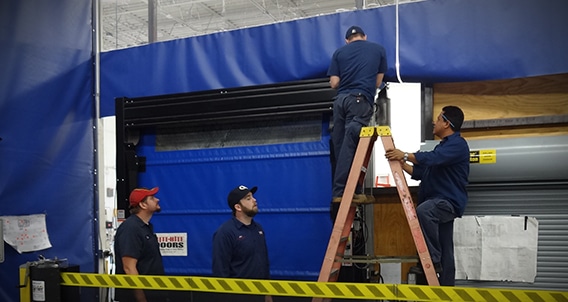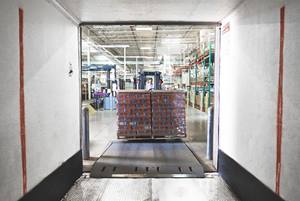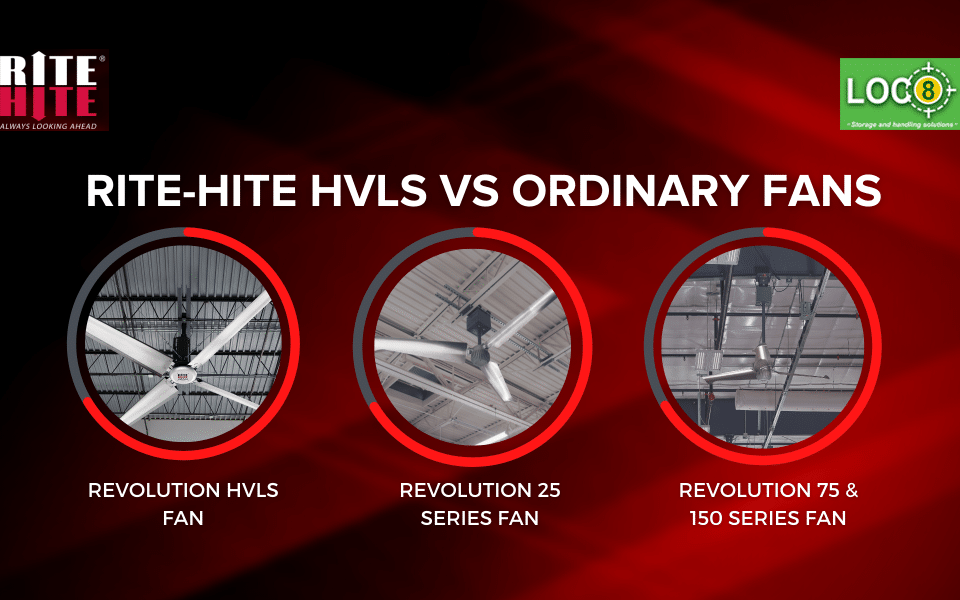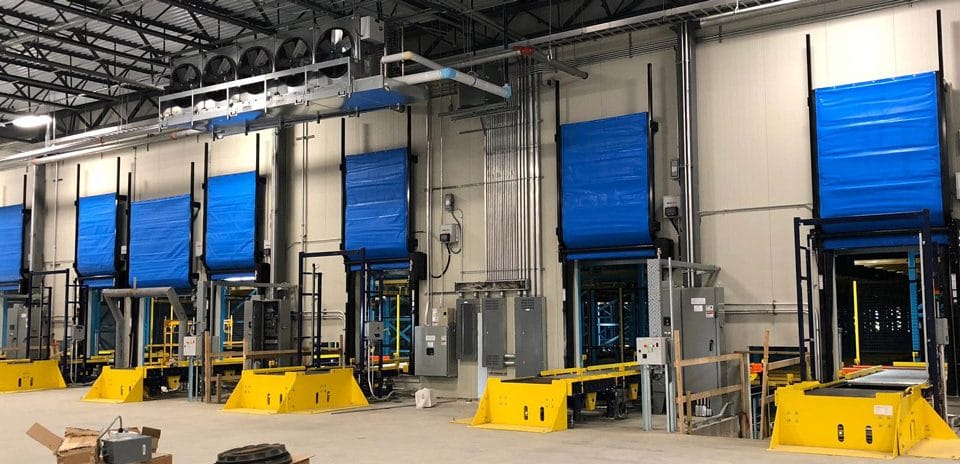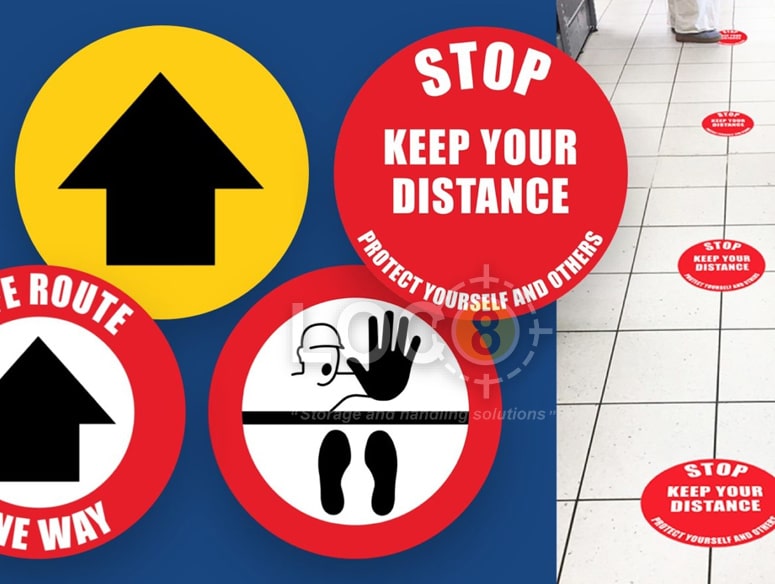
Coronavirus: How signage and labelling are vital to an anti-coronavirus workplace
June 8, 2020
Industrial Safety Barriers
September 23, 20204 Maintenance Tips for Your Facility
The biggest key to maintenance is being diligent. Like many mundane tasks, the repetition might seem unnecessary or trivial. But putting in the work now outweighs the alternative – the possibility of equipment breakdowns and/or damaged equipment that can lead to:
- Personnel injuries
- Damaged goods
- Halted Operations
- Fulfillment and shipment delay
- Increase in staff hours or overtime
- Strained relationships with providers, shippers and customers
- Unplanned capital expenses to replace bad equipment
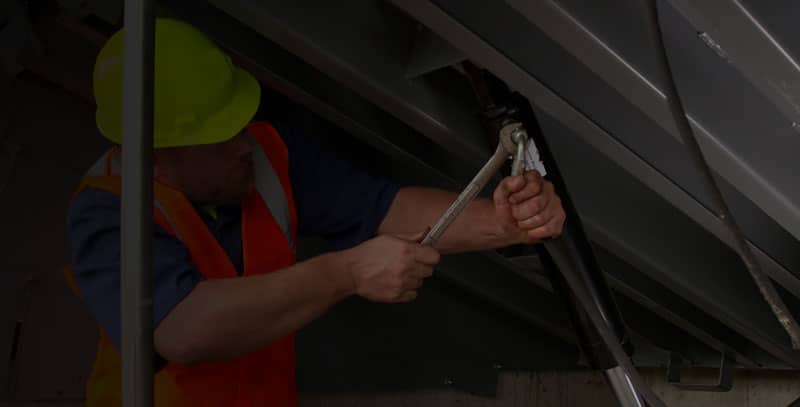
The Risk of Ignoring Maintenance
More than half of facilities across the U.S. take a reactive approach to maintenance. In fact, according to a government study, nearly 55 percent of companies use the wait-and-see method. That same study recommended reactive maintenance should only be used 20 percent of the time.
So instead of risking a major event, here are some tips facility managers can use to protect their equipment for the long haul:
Tip #1: Understand & Acknowledge the Need for a Preventative Maintenance Plan
The key is to identify wear and tear on equipment before it suffers a serious breakdown. Equipment such as loading dock levelers, vehicle restraints and dock doors endure regular forklift and tractor trailer traffic on a daily basis. Parts and lubricants have to be replaced, cleaned, or monitored on a specific schedule, per the products’ owner’s manual. This can only be accomplished with regular examinations. Whether it is weekly, monthly, or quarterly, setting a schedule is an essential ingredient in establishing a regular maintenance routine.
Tip #2: Have the Right Tools
Doing any maintenance job right takes the proper tools. It might be as simple as greasing a vehicle restraint or checking to see that anchor bolts for outdoor equipment are torqued at the proper level, but having the necessary tools to ensure the job is done correctly, is key.
If you do not have the common tools to service loading dock equipment on hand, or you don’t normally stock spare parts and lubricants, look for a warehouse service company that is ready to take care of repairs for you. Technicians should be certified, and come prepared with parts and materials you might not stock at your facility to easily repair and maintain your equipment at any time. If you are able to stock all maintenance related inventory, be sure to set up audits and have budget discussions scheduled regularly for those items.
Tip #3: Educate, Train and Communicate with Employees
Be sure to work closely with either your internal maintenance team or your PMP provider to implement a pragmatic equipment maintenance plan. Proper training should be conducted for any internal staff performing maintenance, as working underneath a leveler or on electrical control boxes can be potentially dangerous. Stay vigilant at the loading dock and communicate safety protocols between the management level and the individual employee level.
Talk to your employees about safety and workflow at the loading dock every day. Maintaining a positive relationship with your team will help encourage communication when issues and bottlenecks first start to appear. For example, second shift may be more likely to notice when a high speed door is not functioning properly. Or only the employees who use the vehicle restraint system every single day can hear when the latch system is making an unusual sound. By prioritizing the relationship with your personnel, you will boost morale and productivity all while making the warehouse and loading docks a safer place to work.
Also, internal education and training should happen regularly when new equipment is introduced and procedures change. Keeping an equipment log accessible to all employees will help to maintain fluidity throughout shift and employee changeovers.
Tip #4: Plan Maintenance Appropriately
Schedule machine downtime thoughtfully so day-to-day operations are not disrupted. Do not schedule all of your equipment to be serviced or repaired on the same day because this may send your daily workflow into disarray. For example, if you are about to have an inbound trailer at loading dock B, it is probably a bad time to send a technician to change out a part on that particular loading dock leveler. Try your best to establish schedules and routines that do not overlap and interfere with busy periods so other plant activities can carry on efficiently.
What is the Bottom Line?
A maintenance plan creates a safer work environment, increases operational efficiencies and can even reduce energy use. Remember, you don’t have to be the service and repair expert by yourself. If internal staff is not well-trained nor qualified to provide this maintenance, working with a local PMP provider can help keep a facility’s operations and safety on track.
If you’d like to receive your personalized energy and cost savings assessment, please contact the experts at Loc8 (+971 58 657 9823).


